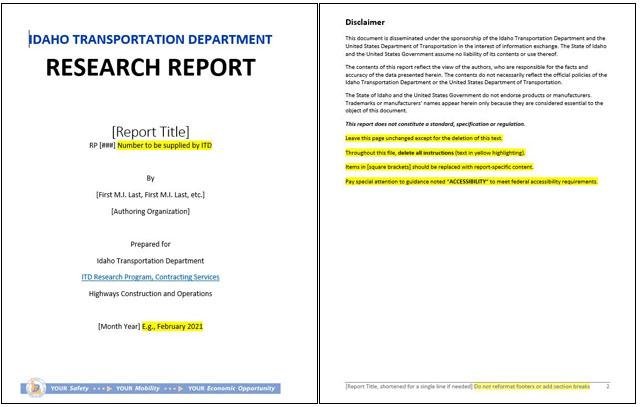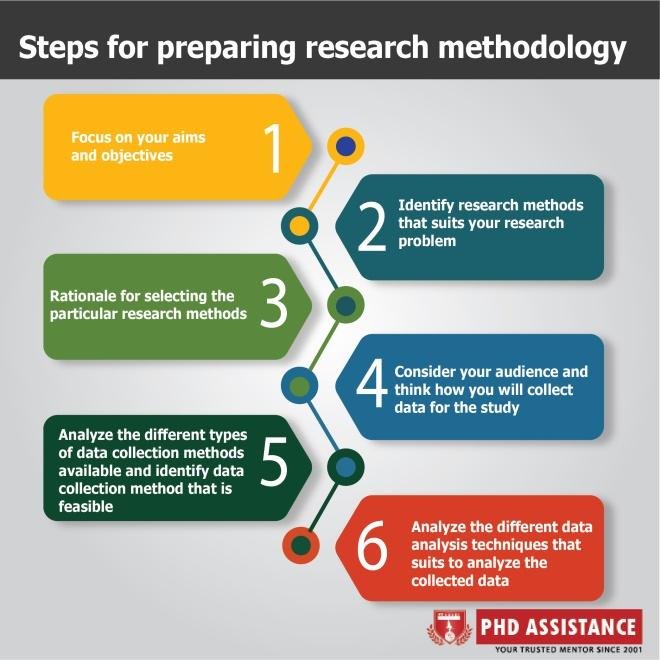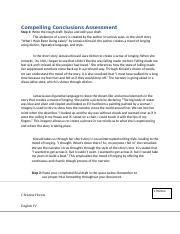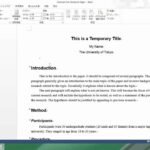research report checklist

In the intricate dance of academic inquiry, where each step is crucial and every detail matters, the research report serves as the final choreography—a comprehensive narrative of explorations, discoveries, and conclusions. Yet, as researchers delve into the labyrinth of data collection, analysis, and interpretation, the path to crafting a well-organized report can often feel overwhelming. Enter the research report checklist: a vital tool designed to navigate this complexity with clarity and precision. By laying out key components and essential considerations, this checklist empowers researchers to streamline their writing process, ensure thoroughness, and elevate the quality of their work. In this article, we will explore the critical elements that constitute an effective research report checklist, unveiling how it can facilitate not only the writing journey but also the profound impact of the research itself. Whether you are a seasoned scholar or venturing into the realm of research for the first time, this guide aims to illuminate the way forward as you bring your findings to life.
Essential Components for a Comprehensive Research Report
To craft a comprehensive research report, several essential components must be incorporated. Start with a precise title that reflects your study’s focus and an abstract that succinctly summarizes the key points including purpose, methods, results, and conclusions. Following this, the introduction should provide background information and clearly state the research question, framed by relevant literature. Ensure you lay out the methodology in detail, explaining the research design, sample selection, data collection procedures, and analysis techniques, to allow replicability.
Next, the results section presents the findings with clarity, often supported by tables and figures for visual representation. Make sure to describe significant trends or patterns observed in your data without inserting personal interpretation. The discussion should then interpret the results in relation to the hypothesis and previous research while acknowledging limitations and implications. a thorough conclusion, alongside a properly formatted list of references, will underscore the report’s validity and guide the reader towards further research avenues.
| Component | Description |
|---|---|
| Title | Reflects the study’s essence. |
| Abstract | Summary of key points. |
| Introduction | Context and research question. |
| Methodology | Details of research design. |
| Results | Findings supported by data visualizations. |
| Discussion | Interpretation of results. |
| Conclusion | Wrap-up of the report. |
| References | Properly formatted citations. |

Evaluating Research Methodology and Design Choices
When assessing research methodology and design choices, it is essential to focus on several key components that contribute to the overall integrity of the study. Consider the type of research design, such as whether it is qualitative, quantitative, or mixed-methods. Each approach has its strengths and limitations, which should align with the research objectives. Additionally, examine the data collection methods utilized in the study. Are surveys, interviews, or experiments employed? Each method can profoundly impact the findings and their interpretation. Lastly, ensure that the sample size is adequate to support the results, as an insufficient sample can lead to biased conclusions.
It is equally important to evaluate the reliability and validity of the chosen methods. This includes assessing whether the instruments used are consistent and measure what they purport to. Create a checklist of aspects such as ethical considerations, including informed consent and confidentiality, which are paramount in research practice. Furthermore, scrutinize the data analysis techniques applied; improper analysis can skew results and mislead interpretations. A comprehensive review of these elements not only strengthens your study but also enhances its credibility within the research community.

Ensuring Clarity and Precision in Data Presentation
When presenting data, it is essential to prioritize both clarity and precision to facilitate better understanding among your audience. Begin with a clear definition of your primary message; this will serve as the foundation for your visualizations and narrative. Using simple and organized layouts allows your audience to easily follow your points without unnecessary distractions. Consider the following strategies:
- Use clear and concise language that avoids jargon to ensure accessibility.
- Incorporate visual aids such as charts or infographics that clearly depict relationships and trends in the data.
- Limit the amount of text on each slide or graphic to prevent information overload.
Additionally, employing storytelling techniques can enhance engagement while maintaining precision in your data presentation. Create a narrative arc that guides the audience through the data, highlighting major findings and implications. To further reinforce understanding, consider using a table to summarize key statistics:
| Data Point | Value | Implication |
|---|---|---|
| Sales Growth | 25% | Strong demand for the product |
| Customer Satisfaction | 90% | Positive feedback indicates brand loyalty |
By focusing on these elements, you will create a presentation that not only informs but also resonates with your audience, ensuring that your message is both clear and impactful.

Effective Strategies for Crafting a Compelling Conclusion
html
To leave a lasting impression, your final remarks should encapsulate the essence of your report while engaging your readers. Start by summarizing the key findings succinctly. This not only reinforces the main points but also clarifies their significance in the context of your research. Consider using impactful statements or thought-provoking questions to ignite further discussion among your audience.
Incorporate a call to action that encourages readers to apply the insights gained from your report. You might also suggest areas for further research or practical applications. To enhance clarity and engagement, utilize visual elements such as tables or bullet points. For instance, a concise table summarizing actionable strategies or implications can serve as a quick reference. Here’s a simple example:
Strategy
Description
Summarization
Highlight key findings succinctly.
Engagement
Pose challenges or questions to inspire reflection.
Call to Action
Encourage readers to implement findings.
Final Thoughts
crafting a comprehensive research report is a meticulous journey that demands attention to detail and a systematic approach. By following this checklist, you can ensure that your findings are presented clearly and effectively, allowing your insights to shine. Remember, every great report starts with a solid foundation—both in research and structure. Keep this checklist handy as a trusty companion on your academic expedition, and may your future reports be as enlightening as the discoveries they hold. As you refine your skills and knowledge, let this guide be a stepping stone toward excellence in research reporting, ensuring your voice is heard in the vast landscape of inquiry and innovation. Happy researching!




